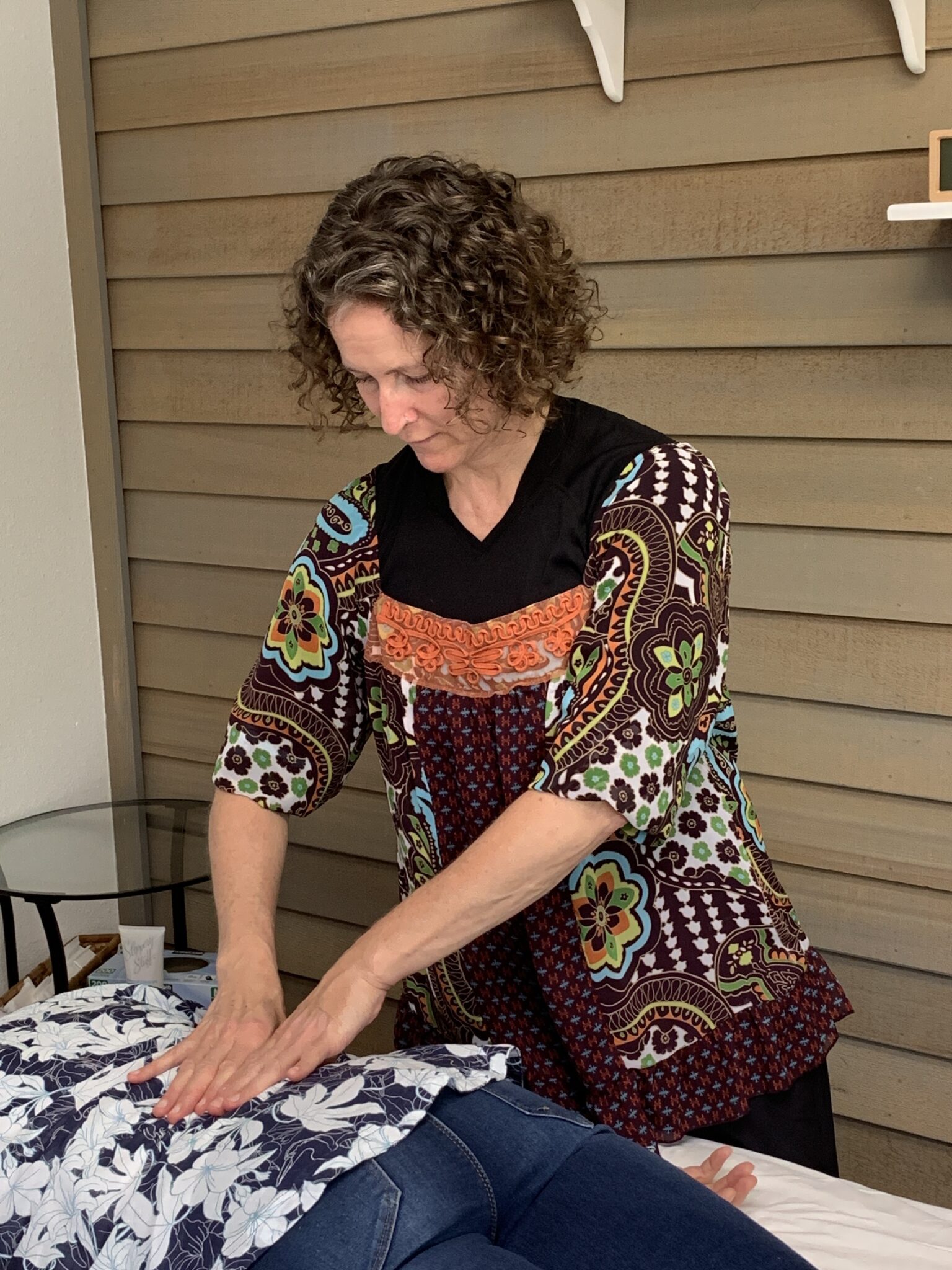Shared by our Massage Therapist, Monica Bradley
The definition of tensegrity from wikipedia is: “the characteristic property of a stable three dimensional structure consisting of members under tension that are contiguous and members under compression that are not”.
Some examples of tensegrity structures are the Munich Olympic Stadium, the Biosphere, and Denver International Airport. Tension and compression are the forces that make these structures.
In the game of Jenga, I am often surprised by a block that is so easy to move even though it is near the bottom. Again, tension and compression are involved.
In the human body, our spine is an example of a tensegrity structure. The bones float in the fascial matrix.
When I treat you using the tensegrity principles, I am testing your fascial system to see which structures are out of balance. The muscle that is not contributing to the tension and compression principle is held by a fascial sheath that is too tight for the muscle to fire to its full potential, causing compensation patterns to occur.
I look at any of your muscles that are not firing as the “criminals”-not participating and creating “victims” as the tissue that is overworked, usually sore and often the source of pain that you come in for. The “criminal” tissue is often soft and therefore not drawing attention to needing to be massaged. Most of the effort is spent treating the “victims” which are tight and sore, demanding relief.
However, when the tight muscles get treated, the relief is often temporary as the criminal is still at large, unless it gets some treatment as well. Since the muscle is not firing due to the tension in the fascia, the treatment must be focused on the fascia.
The main goal of the treatment is to create balance 3 dimensionally, so that the pain patterns are alleviated for longer if not forever.
A typical session will start with a fascial test followed by treating the tightest tissue, using the ligaments and having you contract the muscle or by treating the fascial sheath surrounding the muscle directly.
Other bodywork modalities can be mixed in as well.
You will walk to integrate the system and then another fascial test will be done to see the results and to guide further treatment for a balanced system.
I would suggest a Tensegrity treatment if you are experiencing pain patterns that are chronic and not being relieved by other modalities.
This modality is also helpful for people who are hypermobile and are unable to get relief from stretching.
The other reason is to try Tensegrity is for cost effectiveness. Bodywork is expensive and if the pain is requiring many different treatments for pain management, then a Tensegrity treatment might last longer since the work is targeted on the pain/compensation pattern, therefore saving money in the long run.
Book your Tensegrity session here.


Recent Comments